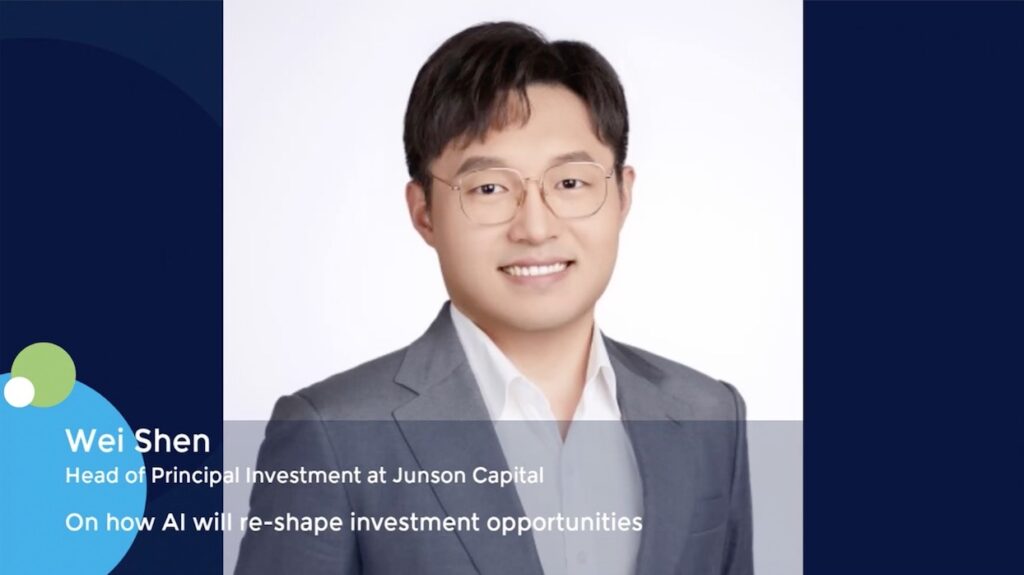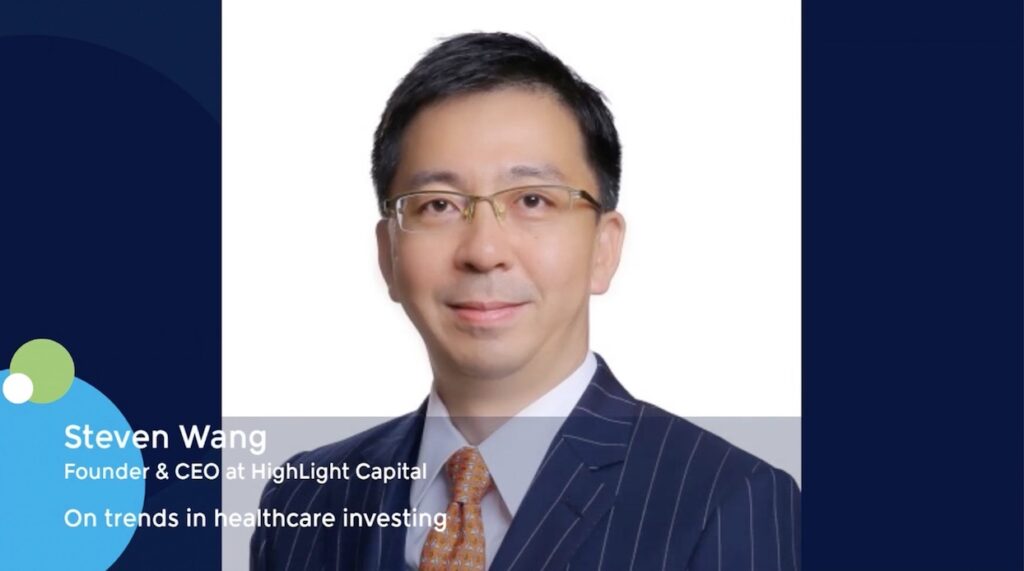Kee Lock Chua, Group President and CEO of Vertex Holdings, on trends in the VC space
In this recent ION Influencers Fireside Chat, Kee Lock Chua, the Group President and CEO of Vertex Holdings, discussed how venture capital has evolved, what makes a great founder or fund manager, and how global bifurcation, technology shifts, and investor expectations are reshaping the VC landscape.
1. From Robotics Engineer to Global Venture Leader
Born and raised in Singapore, Kee Lock Chua studied engineering at the University of Wisconsin–Madison and Stanford University, specializing in robotics. After founding and exiting his own startup, he joined Vertex Holdings in 2008 to rebuild and expand it into a global venture capital platform.
Today, Vertex oversees seven independent VC partnerships across the world — in Israel, China, the U.S., Southeast Asia & India, Healthcare, Japan, and Growth — each managed locally but linked globally.
“We are both a global network and a local team,” Chua emphasized. “Each market has its own team that truly understands the entrepreneurs and the local ecosystem.”
2. Global Reach, Local Depth
Vertex invests primarily at the early stage (Series A & B), focusing on two major sectors:
-
Information Technology (IT)
-
Healthcare and Life Sciences
Each regional fund focuses on local strengths:
-
Israel – Cybersecurity and AI
-
China – Semiconductors and software
-
Southeast Asia – Fintech and digital platforms
-
Healthcare fund – Biotech and medical innovation
3. The Changing Global Landscape: From Globalization to Bifurcation
Chua noted that a decade ago, startups could launch in the U.S. and sell globally. Today, geopolitical and technological bifurcation means founders must navigate fragmented markets.
“You can still build a great company,” he said, “but you have to be aware of global tensions and design your strategy accordingly.”
4. The Return of Talent and Regional Ecosystem Maturity
Chua traced how talent mobility has shaped innovation cycles — from Silicon Valley’s early waves to returning entrepreneurs in China and Southeast Asia.
Examples like Horizon Robotics, founded by Kai Yu after returning from Germany, illustrate how returning talent accelerates ecosystem development.
“Southeast Asia is at a nascent stage,” he noted, “but we’re already seeing founders coming back with global experience.”
5. Why Venture Capital Still Matters to Institutional Investors
For institutional allocators — from pension funds to university endowments — venture capital remains a vital alternative asset class.
While public markets yield 7–9% annually, top-tier VC funds can deliver 25%+ net IRR.
“To beat inflation and meet obligations, investors need alternatives. Venture capital provides that edge.”
Chua stressed that consistent long-term returns and track record are key to attracting institutional LPs.
6. The “1–2 Big Winners” Model: Still Relevant, Still Realistic
Venture capital’s power-law dynamic — where a few big successes drive most returns — remains valid.
Chua explained that technology is the primary engine of productivity growth, and investing in disruptive innovations is inherently risky.
“If every deal worked, you wouldn’t be in venture capital — you’d be in luck.”
He pointed to Grab as a prime example of VC-backed disruption transforming everyday life in Southeast Asia.
7. What Makes a Great Founder: Ability, Motivation, and Attitude
Chua outlined three key dimensions of founder evaluation:
-
Ability – Technical competence and execution skill.
-
Motivation – True drivers behind their entrepreneurial journey.
-
Attitude – How they handle failure, teamwork, and adversity.
“You can teach financial discipline, but you can’t teach attitude,” he said.
“Understanding why an entrepreneur is doing this is just as important as what they’re doing.”
8. Avoiding Hype and FOMO in VC Investing
Chua cautioned against herd behavior and hype cycles:
“At Vertex, we constantly remind ourselves not to be seduced by hype. We go back to fundamentals — is the idea achievable, sustainable, and priced reasonably?”
He shared that Vertex’s global partners meet biannually to compare trends and assess where markets might be overheated or undervalued.
9. Value Creation: Beyond Capital
Chua emphasized that VCs must be value creators, not just financiers, highlighting three key contributions:
-
Talent recruitment – Helping founders hire the right teams.
-
Business development – Opening doors to customers and new markets.
-
Mentorship – Guiding founders through uncertainty with respect and critical thinking.
“If it’s truly disruptive, no one has seen it before — not even us. The role of a VC is to ask tough questions and help the founder think through them.”
10. Exit Strategies: IPOs, M&A, and Secondaries
While IPOs remain the most lucrative and preferred exit path, M&A and secondary sales also play key roles.
Chua explained that IPOs offer post-listing growth potential, while M&A brings strategic liquidity. Secondaries, where new investors buy older stakes, are more common in strong markets.
“We don’t always sell right after IPO — we stay invested to let the company execute its plan.”
11. DPI vs. IRR: The Real Measure of VC Performance
During hot markets (like 2019), investors prioritized paper returns (IRR, TVPI).
Today, in a more sober environment, realized returns (DPI) matter far more.
“In 2019, everyone loved high IRRs. Today, they only care about cash distributions.”
Chua said successful firms must balance conviction with pragmatism — knowing when to hold and when to distribute.
12. The Coming Wave of VC Consolidation
Chua expects venture firm consolidation to increase, driven by fundraising challenges and carry realization cycles.
Stronger GPs may spin out or merge, while others will wind down.
“Some partners will leave to form new funds. But because carry takes time, consolidation will happen gradually.”
13. The Next Generation of VC Leaders
Asked what defines a successful emerging manager, Chua said:
“Curiosity, humility, and the ability to learn and relearn.”
He emphasized the importance of culture and consistency, noting that firms which nurture collaborative, long-term mindsets tend to survive across generations.
Key timestamps:
00:07 Introduction to the Fireside Chat
02:41 The Evolution of Venture Capital
06:44 Investor Perspectives on Venture Capital
08:28 Sustainability of the VC Model
12:20 Sector Focus in Venture Capital
13:48 Assessing Entrepreneurs: Key Criteria
16:52 Avoiding Hype in Investment Decisions
19:04 Value Creation in Venture Capital
23:01 Exploring Exit Strategies for Startups
25:55 The Importance of Performance Metrics in Fundraising
29:28 Future Trends in Venture Capital Consolidation
30:54 Characteristics of Successful Emerging Managers











